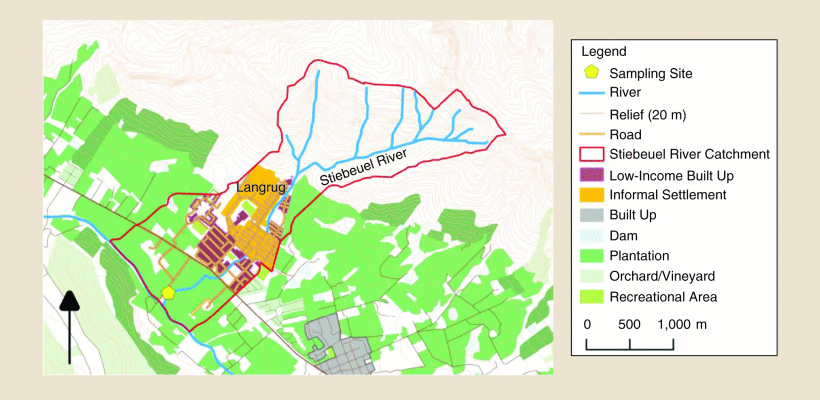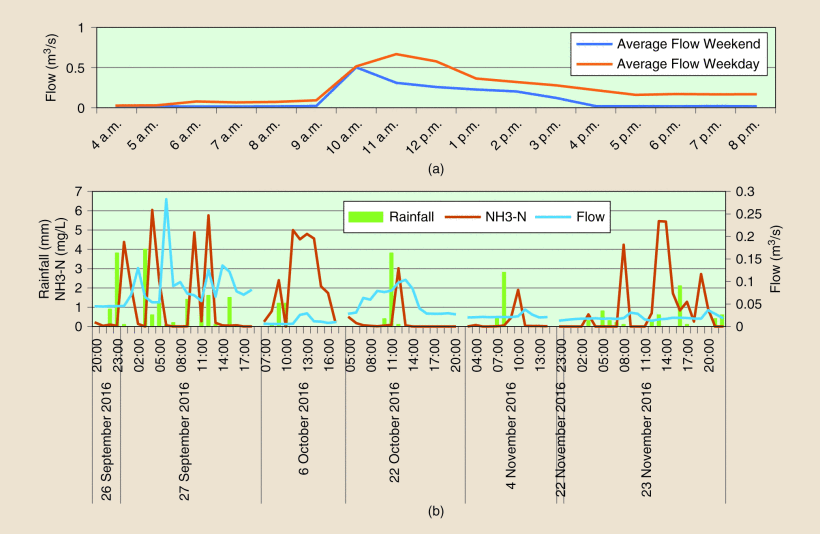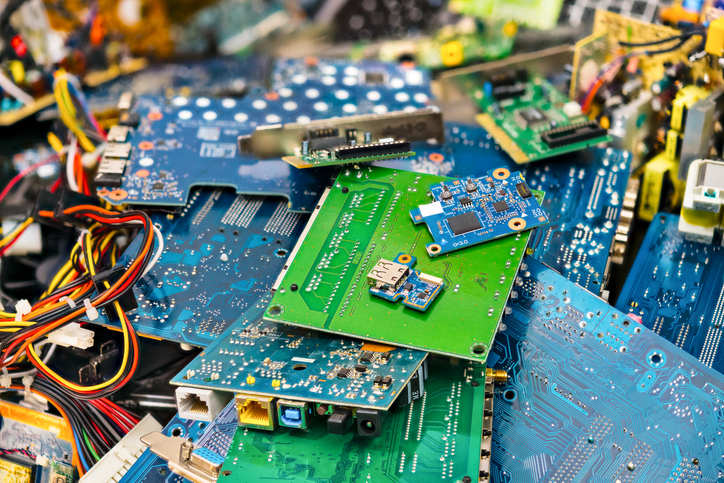The sixth Sustainable Development Goal (SDG) set by the United Nations is to ensure that water and sanitation are available and sustainably managed for all people. Because high-resolution, smart water-monitoring equipment needed to measure the flow and quality of natural water sources is often expensive and prone to vandalism and theft, it less accessible in developing countries. To address this problem, researchers from the University of Cape Town, South Africa, have developed a smart low-cost remote-monitoring flow sensor to measure the flow of surface water.
“Instruments for water flow monitoring are scarce and prohibitively expensive in South Africa,” said Justin Plead, a researcher from the University of Cape Town. “Our primary motivation for developing the flow-measurement device was to create a low-cost solution that could reliably transmit data from a remote location.”
The sensor uses low-cost, off-the-shelf sonar devices to gauge river height, and it operates via an Internet of Things (IoT) node based on the Global System for Mobile Communications (GSM) standard to transmit data to a centralized server and provide real-time analytics.

Figure 1: The low-cost monitoring system
In creating the system, designers had to ensure two main capabilities: first, the timely and accurate collection of data, and second, the reliable transmission of data to the endpoint.
To test the low-cost system, the researchers implemented it downstream of an informal settlement in a small urban catchment near the town of Franschoek, South Africa. The site was chosen due to the continual flow of contaminated water into the settlement, which threatened the health of residents and contamination of adjoining rivers. The sensor was placed at the sampling site in Figure 2 below.

Figure 2: The Stiebeuel River catchment
The water flow was measured during the wet season from August to December 2016 and showed that the average weekday flow per hour was higher than the average weekend flow per hour, indicating changes in human activity. The sensor also recorded a large input in the river everyday around 9:30 am, which could suggest a form of mechanical release of water. Water quality samples were taken and measured for ammonia nitrogen (NH3-N) to test for contamination. The table below shows the results from the data collection.

Figure 3: Data collected from Stiebeuel River
“The sensor provided insights into the behavior of the settlement that were previously unknown,” said Justin Plead. “In this example, water planning and management could address the need for increasing the capacity of drainage systems during peak flow and lead to better decisions about the quantity of water that could be safely diverted for storage during drier periods.”
As rainfall events disproportionately affect informal settlements and water quality makes a larger impact on the health of surrounding populations, this study demonstrates the key role that data from smart IoT sensors plays in developing water management solutions and enhancing livability in these areas.
For more information on water sensors, visit the IEEE Xplore Digital Library.





